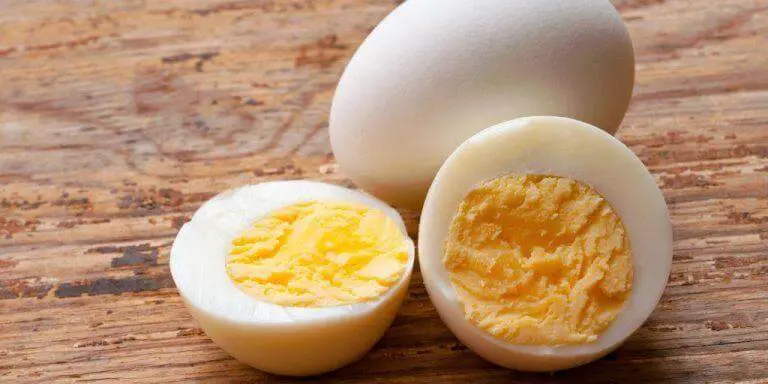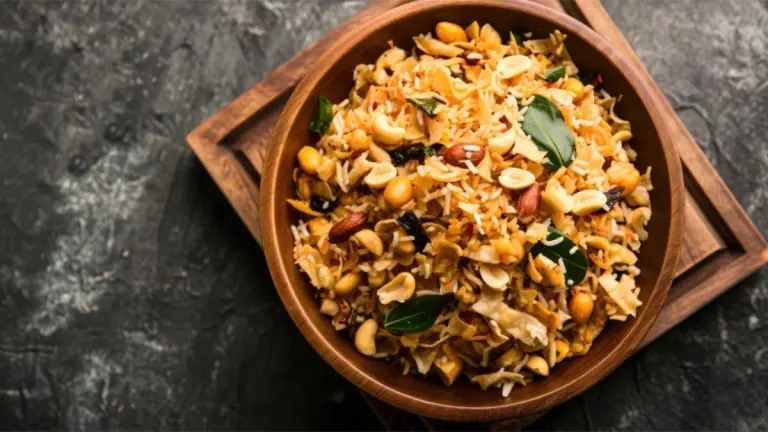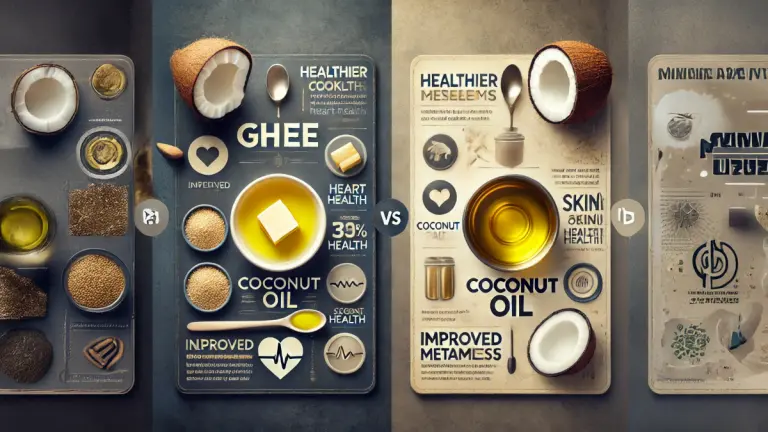Winter brings with it not only a chill in the air but also increased discomfort for those who suffer from joint pain. The cold weather can exacerbate conditions like arthritis and cause stiffness and discomfort. However, there are several strategies and lifestyle changes that individuals can adopt to overcome joint pain during the winter months.
Let’s explore various approaches to alleviate and manage joint pain in winters
Stay Warm
Keeping your body warm is crucial for managing joint pain in winters. Dress in layers to trap body heat, and opt for thermal clothing to provide an extra layer of insulation. Use blankets and heating pads to keep joints warm, especially during sleep. Warmth helps relax muscles and improves blood circulation, reducing stiffness and discomfort.

Stay Active
While it may be tempting to hibernate during the colder months, staying active is essential for joint health. Regular physical activity helps maintain joint flexibility, strengthens muscles around the joints, and reduces stiffness. Indoor exercises like yoga, tai chi, or water aerobics can be gentle on the joints while providing beneficial movement. Consult with a healthcare professional or a physiotherapist to design a safe and effective exercise routine tailored to your needs.
Maintain a Healthy Weight
Carrying excess weight puts additional strain on joints, especially weight-bearing ones like the knees and hips. Maintaining a healthy weight can help reduce the burden on joints and alleviate pain. Adopting a balanced diet, rich in nutrients, and engaging in regular physical activity are essential components of weight management.

Stay Hydrated
Adequate hydration is crucial for joint health. Water helps lubricate the joints and supports overall bodily functions. In colder weather, we may not feel as thirsty, but it’s essential to maintain proper fluid intake. Warm herbal teas and soups can be both hydrating and comforting during winter.
Incorporate Omega-3 Fatty Acids
Omega-3 fatty acids, found in fatty fish like salmon, flaxseeds, and walnuts, have anti-inflammatory properties that can benefit joint health. Including foods rich in omega-3s in your diet or considering supplements (under the guidance of a healthcare professional) may help reduce inflammation and alleviate joint pain.

Use Hot and Cold Therapies
Hot and cold therapies can be effective in managing joint pain. Applying a hot pack or warm towel to the affected area can help relax muscles and reduce stiffness. Cold packs can help numb the area and alleviate acute pain or swelling. Alternating between hot and cold treatments can provide a comprehensive approach to managing joint discomfort.
Joint-Friendly Diet
Certain foods have anti-inflammatory properties that can support joint health. Include foods like turmeric, ginger, garlic, and fruits and vegetables rich in antioxidants in your diet. These foods can help reduce inflammation and contribute to overall joint well-being.
Consider Supplements
Consulting with a healthcare professional about the potential benefits of supplements is advisable. Some individuals find relief from joint pain by taking supplements like glucosamine and chondroitin, which are believed to support joint health. However, individual responses to supplements can vary, and it’s essential to discuss any potential interactions or side effects with a healthcare provider.

Practice Stress Management
Stress can exacerbate joint pain, so incorporating stress management techniques is crucial. Practices like meditation, deep breathing exercises, or activities that bring joy and relaxation can help alleviate stress and contribute to better overall well-being.

Joint-Friendly Exercises
Low-impact exercises are generally more joint-friendly. Swimming, walking, and cycling are excellent options that provide cardiovascular benefits without putting excessive stress on the joints. It’s essential to tailor your exercise routine to your individual needs and consult with a healthcare professional if you have any concerns.
Get Sufficient Vitamin D
Vitamin D is vital for bone health, and its deficiency can contribute to joint pain. During the winter, when sunlight exposure may be limited, it’s crucial to ensure you’re getting sufficient vitamin D through dietary sources like fatty fish, fortified foods, or supplements as recommended by a healthcare professional.
Seek Professional Guidance
If joint pain persists or worsens, it’s crucial to seek professional guidance. Consult with a rheumatologist, orthopedic specialist, or a healthcare professional experienced in musculoskeletal issues. They can provide a thorough evaluation, recommend appropriate diagnostic tests, and suggest personalized treatment plans, which may include medications, physical therapy, or other interventions.
In conclusion, managing joint pain in winters involves a holistic approach that encompasses lifestyle adjustments, dietary choices, and medical interventions when necessary. By staying proactive, maintaining a healthy lifestyle, and seeking professional advice, individuals can minimize the impact of joint pain and enjoy a more comfortable and active winter season. Remember that everyone’s experience with joint pain is unique, so it’s crucial to tailor these strategies to individual needs and consult with healthcare professionals for personalized guidance.
(Disclaimer: The information given here is based on general information. Before adopting it, definitely take medical advice. THE MONK does not confirm this.)
































